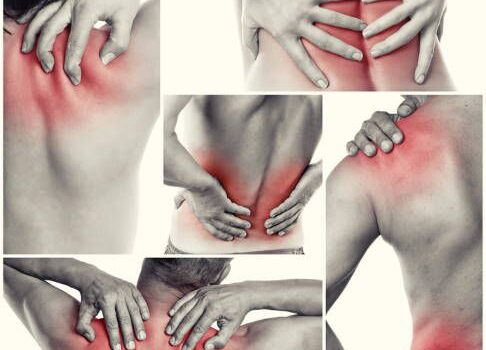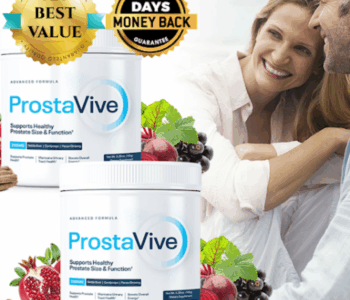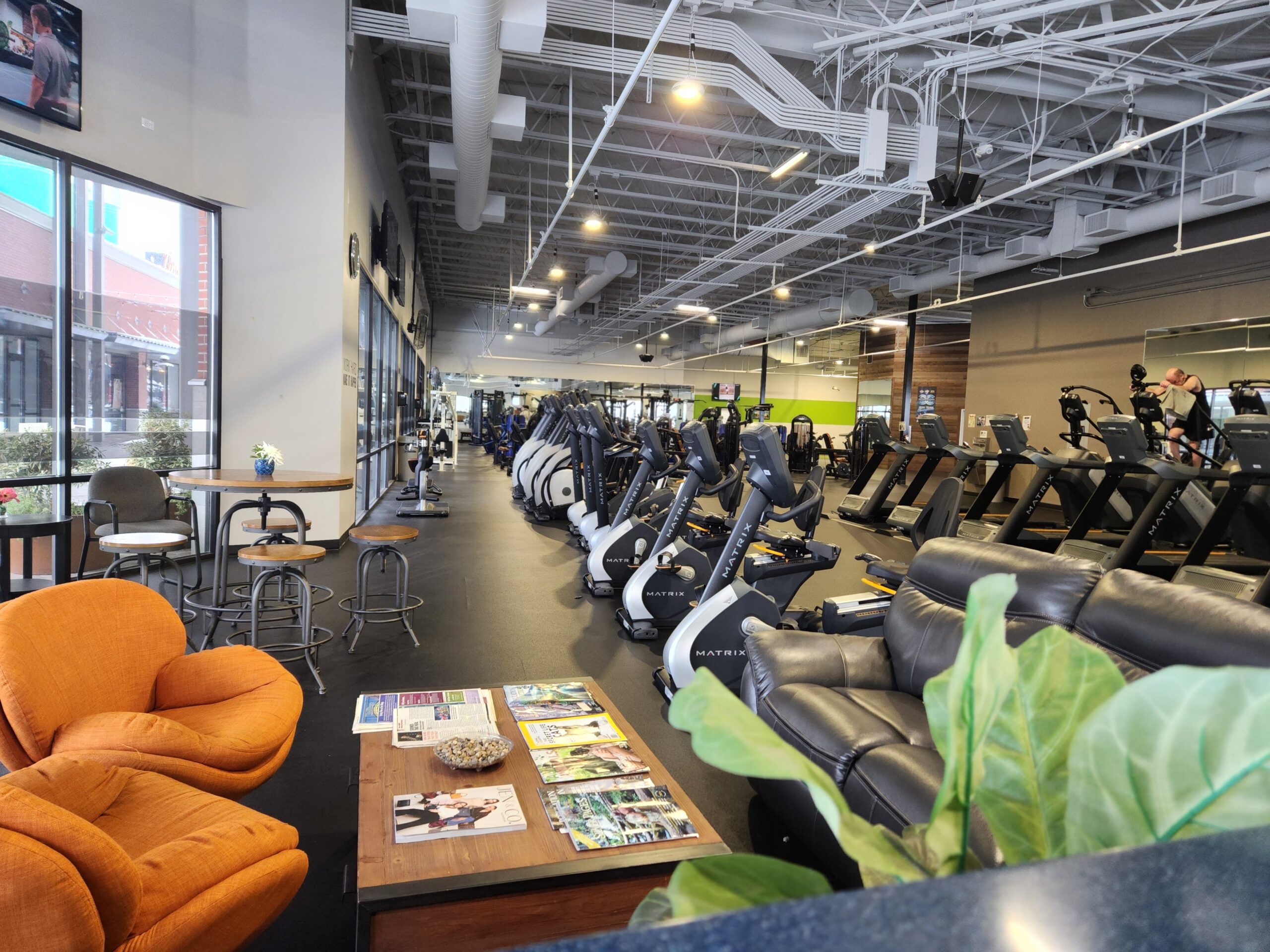 Health & Fitness
Health & Fitness
Muscle Relaxation: A Path to Better Health
In today’s fast-paced world, stress and tension have become almost inevitable. From demanding work schedules to personal responsibilities, the pressures of modern life often manifest physically in the form of muscle tension. Tight shoulders, stiff necks, and aching backs are common complaints, but they are more than just minor inconveniences—they can significantly impact your overall health and well-being. Muscle relaxation is not just a luxury; it’s a necessity for maintaining physical, mental, and emotional balance. This article explores how muscle relaxation can serve as a path to better health, offering insights into its benefits, techniques, and practical applications.
The Connection Between Muscle Tension and Health
Muscle tension is often a physical response to stress, anxiety, or overexertion. When the body perceives a threat—whether real or imagined—it activates the “fight or flight” response, a survival mechanism governed by the sympathetic nervous system. This response triggers the release of stress hormones like cortisol and adrenaline, which prepare the body to either confront or flee from the threat. One of the physical manifestations of this response is muscle tension, as the body braces itself for action.
While this response is useful in acute situations, chronic stress can lead to prolonged muscle tension, which can have far-reaching consequences for your health. Persistent muscle tension can cause:
- Chronic Pain: Tight muscles can lead to conditions like tension headaches, migraines, and back pain.
- Reduced Mobility: Stiff muscles can limit your range of motion, making everyday activities more difficult.
- Poor Posture: Muscle tension often leads to slouching or other poor postural habits, which can exacerbate pain and discomfort.
- Sleep Disturbances: Tension can make it difficult to relax, leading to insomnia or restless sleep.
- Mental Health Issues: Chronic muscle tension is often linked to anxiety, depression, and other mental health challenges.
By addressing muscle tension through relaxation techniques, you can break this cycle and improve your overall health.
The Benefits of Muscle Relaxation
Muscle relaxation offers a wide range of benefits that extend beyond simply easing physical discomfort. Here are some of the key advantages:
1. Stress Reduction
Muscle relaxation techniques activate the parasympathetic nervous system, which counteracts the “fight or flight” response and promotes a state of calm. This helps reduce the production of stress hormones, lowering overall stress levels.
2. Improved Sleep
Relaxed muscles are essential for restful sleep. By practicing relaxation techniques before bed, you can ease tension and create the ideal conditions for deep, restorative sleep.
3. Pain Relief
Muscle relaxation can alleviate pain caused by conditions like fibromyalgia, arthritis, and tension headaches. It also helps reduce muscle soreness after exercise.
4. Enhanced Mental Clarity
When your body is relaxed, your mind can focus better. Muscle relaxation techniques can improve concentration, creativity, and problem-solving abilities.
5. Better Physical Performance
For athletes and fitness enthusiasts, muscle relaxation is crucial for recovery and performance. Relaxed muscles are more flexible, less prone to injury, and better able to generate force.
6. Improved Circulation
Relaxation promotes better blood flow, delivering oxygen and nutrients to tissues more efficiently. This can enhance overall health and accelerate healing.
Techniques for Muscle Relaxation
There are numerous techniques to promote muscle relaxation, each with its own unique benefits. Here are some of the most effective methods:
1. Progressive Muscle Relaxation (PMR)
Progressive Muscle Relaxation is a systematic technique that involves tensing and then relaxing different muscle groups. This practice helps you become more aware of muscle tension and teaches you how to release it.
How to Practice PMR:
- Find a quiet, comfortable place to sit or lie down.
- Start with your feet and work your way up to your head, or vice versa.
- Tense each muscle group for 5-10 seconds, then release and relax for 20-30 seconds.
- Focus on the contrast between tension and relaxation.
- Repeat the process for each muscle group, including your calves, thighs, abdomen, chest, arms, hands, shoulders, neck, and face.
2. Deep Breathing Exercises
Deep breathing is a simple yet powerful technique to promote muscle relaxation. By focusing on slow, deep breaths, you can activate the parasympathetic nervous system and reduce muscle tension.
How to Practice Deep Breathing:
- Sit or lie down in a comfortable position.
- Place one hand on your chest and the other on your abdomen.
- Inhale deeply through your nose, allowing your abdomen to rise as your lungs fill with air.
- Exhale slowly through your mouth, feeling your abdomen fall.
- Repeat for 5-10 minutes, focusing on the rhythm of your breath.
3. Stretching and Yoga
Stretching and yoga are excellent ways to promote muscle relaxation and flexibility. These practices help lengthen muscle fibers, improve circulation, and reduce tension.
Popular Relaxation Stretches:
- Child’s Pose: Kneel on the floor, sit back on your heels, and stretch your arms forward, lowering your chest to the ground.
- Cat-Cow Stretch: On all fours, alternate between arching your back (cat) and dipping your belly toward the floor (cow).
- Forward Fold: Stand with your feet hip-width apart, bend at the hips, and let your upper body hang loosely toward the ground.
4. Massage Therapy
Massage therapy is a hands-on technique that manipulates muscles and soft tissues to promote relaxation and relieve tension. Different types of massage, such as Swedish, deep tissue, and trigger point therapy, can target specific areas of tension.
Benefits of Massage:
- Reduces muscle stiffness and soreness.
- Improves circulation and lymphatic drainage.
- Promotes the release of endorphins, the body’s natural painkillers.
5. Mindfulness and Meditation
Mindfulness and meditation practices can help you become more aware of muscle tension and teach you how to release it. By focusing on the present moment and observing your body without judgment, you can cultivate a sense of relaxation and calm.
How to Practice Mindfulness:
- Find a quiet place to sit or lie down.
- Close your eyes and take a few deep breaths.
- Bring your attention to your body, starting from your toes and moving upward.
- Notice any areas of tension and imagine them melting away with each exhale.
- Continue for 10-20 minutes, focusing on your breath and bodily sensations.
6. Heat Therapy
Applying heat to tense muscles can help relax them by increasing blood flow and reducing stiffness. Heat therapy can be done using a heating pad, warm towel, or hot water bottle.
How to Use Heat Therapy:
- Apply the heat source to the tense area for 15-20 minutes.
- Ensure the temperature is comfortable and not too hot to avoid burns.
- Combine heat therapy with gentle stretching for enhanced relaxation.
Medical Treatment
Prescription Medication
Some prescription medications are designed to relieve muscle-related conditions and promote better mobility and comfort. Healthcare providers recommend these medications based on a patient’s specific condition, medical history, and overall health to ensure both safety and effectiveness.
One such option is Baclof 10 mg, a widely used muscle relaxant that contains baclofen as its active ingredient. It is prescribed for managing muscle spasticity caused by conditions such as multiple sclerosis, spinal cord injuries, and neurological disorders. Baclof 10mg works by acting on the central nervous system to reduce excessive nerve signals that cause muscle stiffness and spasms. Recommended for patients needing effective muscle relaxation, Baclof 10mg helps improve movement, reduce discomfort, and enhance overall quality of life.
7. Hydration and Nutrition
Proper hydration and nutrition play a crucial role in muscle relaxation. Dehydration can lead to muscle cramps and tension, while certain nutrients, like magnesium and potassium, are essential for muscle function.
Tips for Hydration and Nutrition:
- Drink plenty of water throughout the day.
- Include magnesium-rich foods in your diet, such as leafy greens, nuts, seeds, and whole grains.
- Consider taking a magnesium supplement if you have a deficiency.
Incorporating Muscle Relaxation into Your Daily Routine
To reap the full benefits of muscle relaxation, it’s important to make it a regular part of your routine. Here are some tips for incorporating relaxation techniques into your daily life:
- Set Aside Time: Dedicate 10-20 minutes each day to practice relaxation techniques. This could be in the morning to start your day calmly or in the evening to unwind.
- Combine Techniques: Experiment with different methods to find what works best for you. For example, you might combine deep breathing with stretching or mindfulness with heat therapy.
- Create a Relaxing Environment: Find a quiet, comfortable space where you can practice relaxation without distractions. Consider using calming music, essential oils, or dim lighting to enhance the experience.
- Listen to Your Body: Pay attention to areas of tension and focus on relaxing them. Over time, you’ll become more attuned to your body’s signals and better able to release tension.
Conclusion
Muscle relaxation is more than just a way to ease physical discomfort—it’s a powerful tool for improving your overall health and well-being. By reducing stress, alleviating pain, and promoting mental clarity, relaxation techniques can help you lead a more balanced and fulfilling life. Whether you’re dealing with chronic tension or simply looking to enhance your relaxation skills, the techniques outlined in this article offer a pathway to better health. So take a deep breath, stretch out those muscles, and embark on your journey toward relaxation and well-being today.









